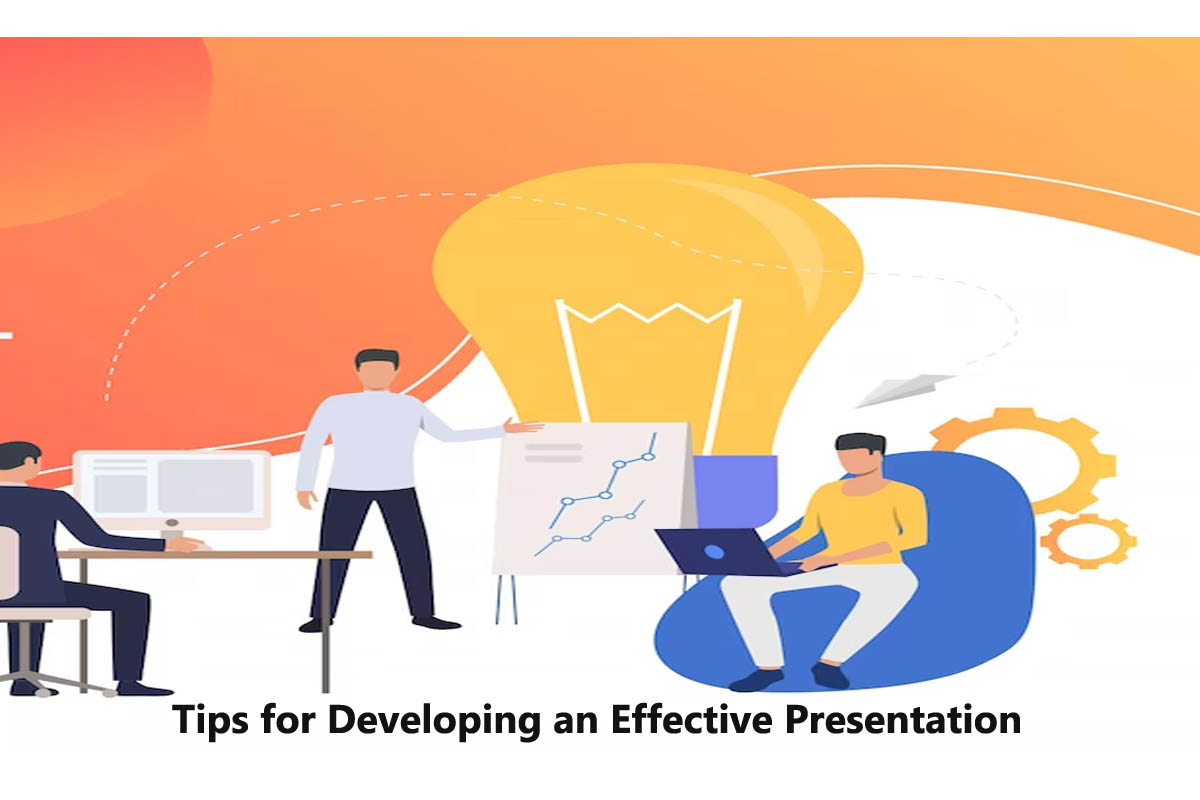Tips for Developing an Effective Presentation
Introduction
Presentation and speaking skills are crucial nowadays. No matter whether you are in school or college or a working professional. To develop an effective presentation, you need to note down the goals of your presentation. In addition, you need to create a high level of capability and confidence to give a presentation in front of the public.
It requires preparation and practice. The format and pattern will be different for every presentation. But this article will give you some essential and basic tips for creating an effective presentation.
Simplify the Text in your Presentation
The presentation in PowerPoint (or any other format) complements the presentation you will do in person; therefore, you do not need to include all the text you will say on the slides. No one will have time to read everything, and if they do, they won’t be able to pay attention to what you’re saying simultaneously.
The text on the slides should be as strictly necessary and used more as a concept map or main clues of what you are saying than as a coherent story on its own. Use notes and comments if you want your ppt to make sense to someone who only has the PPT file.
Order the Content
A presentation is a story; as such, it needs an introduction, a plot, and an ending. And that the action is coherent, intelligently grouping the topics covered without jumping from one topic to another or making constant stops to add clarifications.
Before you get down to business in PowerPoint, create a detailed script of everything you will cover in the PowerPoint. If you’ve already started the presentation, don’t be afraid to reorder slides to positions that make the most sense, but check afterwards to ensure the continuity isn’t broken and everything still makes sense.
Use Numbered Lists
We were talking about simplifying text earlier, and one of the most operative ways to do that is to create lists. Bulleted lists are very effective, but try replacing them with numbered lists. It will make life easier for you and those attending the presentation.
With numbered lists, you know in advance how many items are in total and can follow the natural order. So, for example, if we are talking about the fourth element, the fifth will come. It also makes it much easier to refer to its features, as you can use its number instead of having to describe it with intents like “second from the bottom” or having to read its text.
Be Consistent with the Design
Corporate templates are boring, and some presentation experts are against their use, but one obvious advantage is that you get a consistent design with the same fonts, sizes and styles from one slide to the next.
This doesn’t mean your presentation has to be wholly monotonous and repetitive. Still, you can add variety by adding quality full-size images rather than being original with fonts and layouts.
Use Good Quality Images in your Presentation
Nowadays, you have no excuses for including quality images in your presentations. There are many web pages where you can download quality, yet free photos, which will illustrate better than thousands of words.
Avoid clipart and stock images that you have not purchased and therefore include the watermark on top. Clipart is way out of date and will leave a wrong impression regardless of the content of your talk.
Simplify the Graphics in your Presentation
The advice to stick to one theme per slide also applies to graphics. For example, we often use charts fresh from Excel as is, which means they include much more data than is strictly necessary for the presentation.
Experts recommend simplifying the graphs as much as possible, showing only the data you will deal with in the presentation. However, if there are several, you can always separate the chart into several slides and focus on one piece of information.

